
AeroGenie — ваш интеллектуальный второй пилот.
В тренде
Categories
The World’s First Extra-Long-Range Narrowbody Aircraft Raises Concerns for Boeing
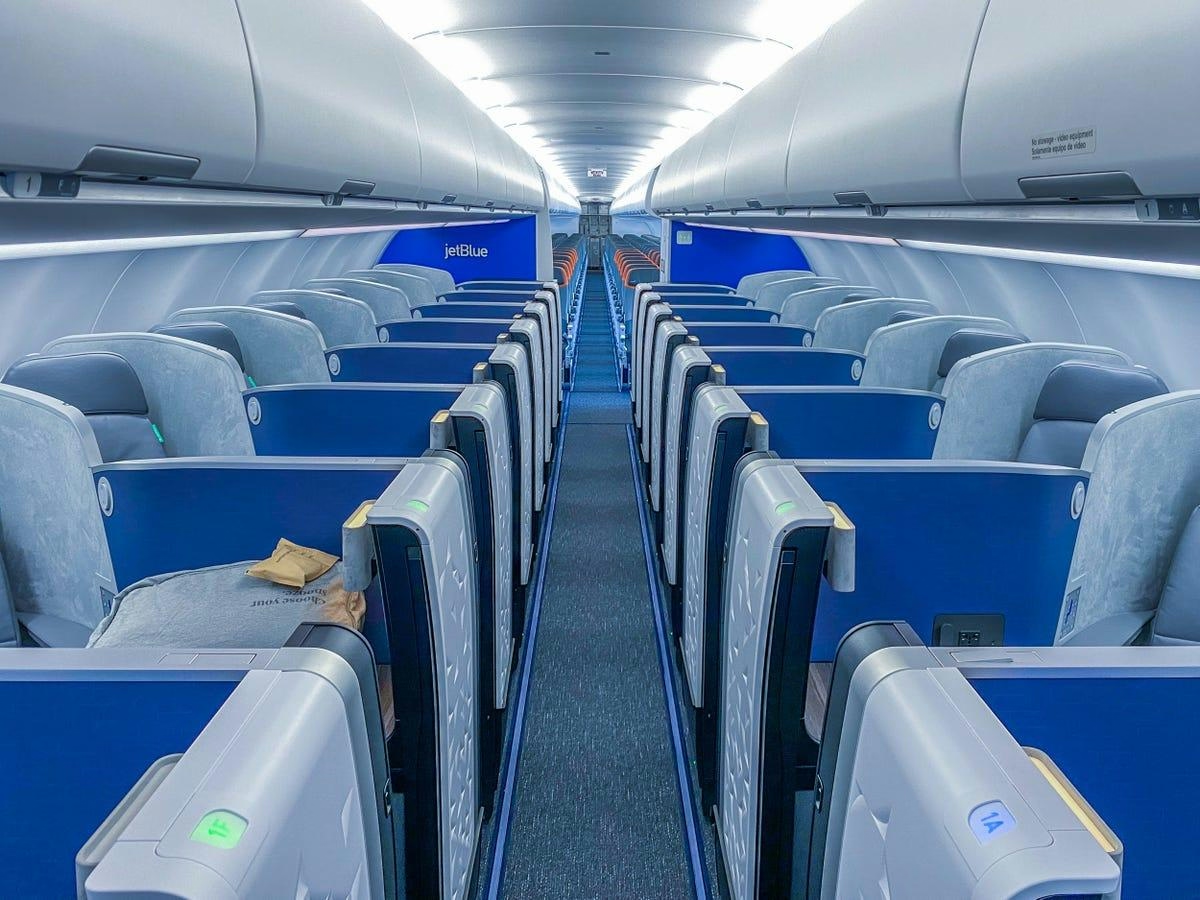
The World’s First Extra-Long-Range Narrowbody Aircraft Raises Concerns for Boeing
Airbus A321XLR Sets a New Benchmark in Narrowbody Aviation
Boeing has long held a dominant position in the commercial narrowbody aircraft market, primarily through the enduring success of its 737 family. Since its introduction in 1968, the 737 has become the world’s second-best-selling aircraft family, with over 17,000 orders and 12,000 deliveries. However, Airbus’s A320 family has surpassed the 737 in both orders and deliveries, and the launch of the Airbus A321XLR (eXtra Long Range) threatens to widen this gap further.
The A321XLR, which entered service in November 2024 with a Madrid-to-Boston route, is the world’s first extra-long-range narrowbody aircraft. It features a new integrated rear center fuel tank, enabling a maximum range of 4,700 nautical miles (8,700 kilometers)—an increase of 1,200 nautical miles (2,200 kilometers) over the A321neo. This extended range allows airlines to operate transatlantic flights and other long, thin routes that were previously uneconomical for narrowbody aircraft. The XLR can fly for over 11 hours with a full passenger load, opening new possibilities for carriers seeking efficient long-haul operations.
Airbus also highlights the aircraft’s fuel efficiency, claiming up to 30% lower fuel burn per seat compared to previous-generation competitors. This positions the A321XLR as a natural successor to the now-discontinued Boeing 757, particularly for airlines aiming to serve long-haul markets without incurring the higher costs associated with widebody aircraft.
Early deliveries have been made to launch customer Iberia, as well as Aer Lingus and Wizz Air. Major carriers such as American Airlines and United Airlines have placed significant orders, with American Airlines already receiving its first A321XLR. The aircraft’s development began in 2018, culminating in its maiden flight in 2022.
Boeing Faces a Strategic Challenge
The introduction of the A321XLR presents a significant challenge for Boeing, which currently lacks a direct competitor in this segment. The company’s New Midsize Airplane (NMA) project remains on hold, leaving the 737 MAX family to serve shorter transatlantic routes. Even the longest-range variant, the MAX 7, offers a maximum range of only 3,800 nautical miles (7,040 kilometers), falling well short of the A321XLR’s capabilities.
This gap in Boeing’s product portfolio comes at a critical juncture. Although Boeing’s shares have risen 37% since the start of the year, driven by optimism over a potential 500-aircraft deal with China, the company’s actual deliveries to the Chinese market have been minimal since 2018. In contrast, Airbus has maintained a steady delivery rate in China, further consolidating its global market position.
Industry analysts point to Airbus’s manufacturing scale, product quality, and supply chain responsiveness as key factors giving it a decisive edge. As Airbus ramps up production of the A321XLR, Boeing faces mounting pressure to respond or risk losing further market share in the lucrative narrowbody segment.
Aircraft Comparison
The Airbus A321XLR can seat up to 244 passengers and offers a maximum range of 4,700 nautical miles (8,700 kilometers). By comparison, the Boeing 737 MAX 8 accommodates 210 passengers with a maximum range of 3,550 nautical miles (6,570 kilometers). The A321XLR’s extended range and seating capacity redefine the capabilities of narrowbody aircraft, setting a new standard that Boeing must address to remain competitive.
With the A321XLR reshaping expectations for narrowbody aircraft performance, Boeing’s strategic response will be closely monitored by airlines and investors alike.
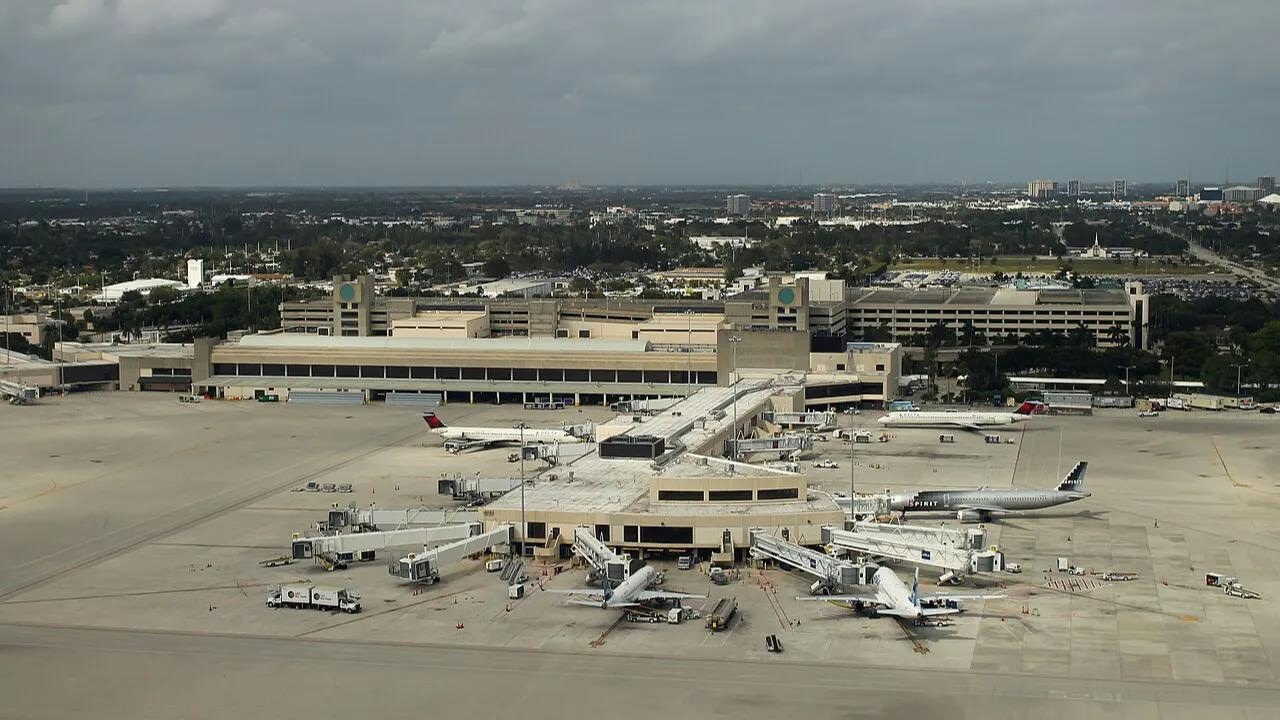
IATA Projects Airline Profits of $41 Billion in 2026
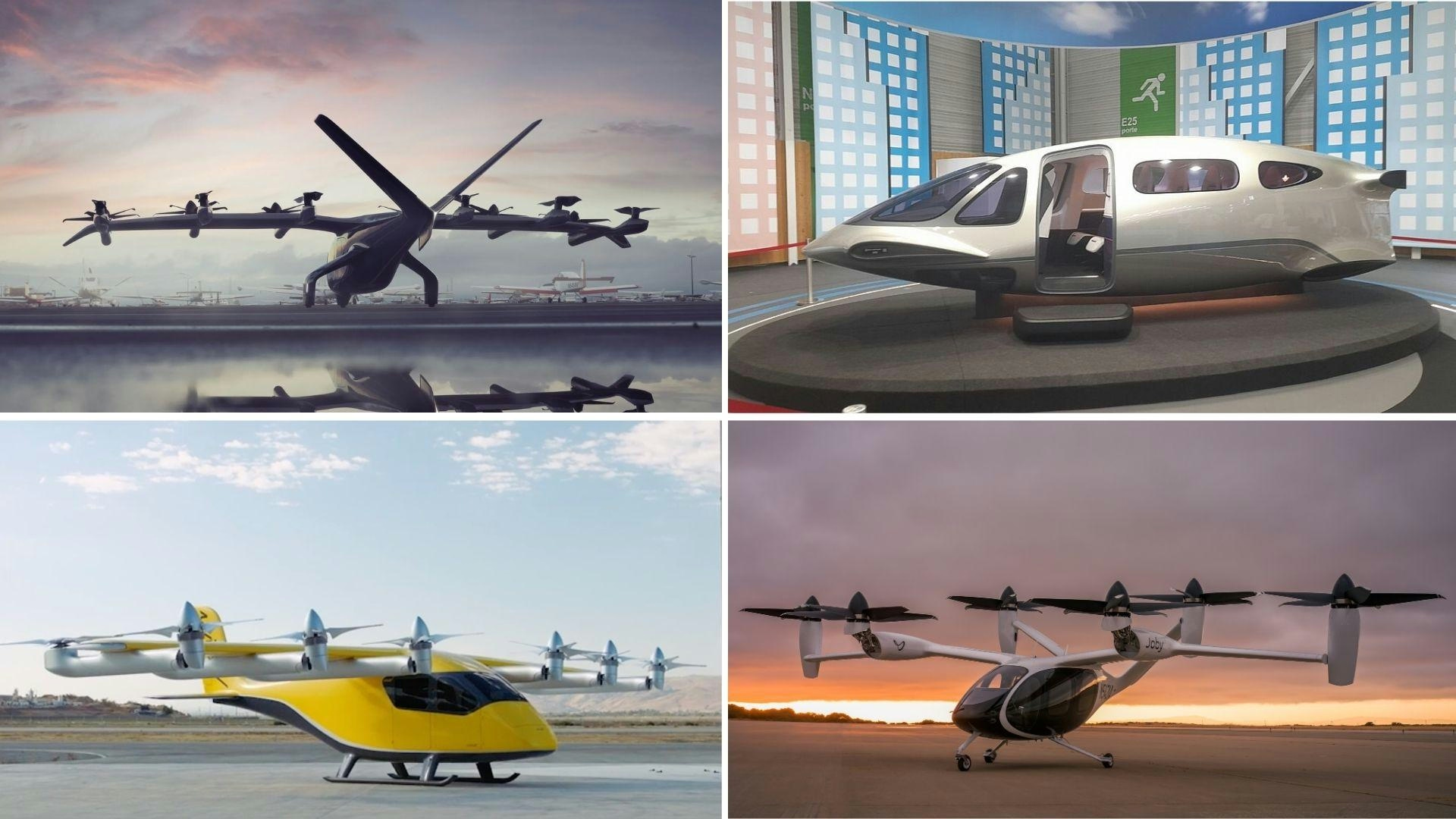
Five Air Taxis Poised to Shape Urban Mobility by 2026

London Luton Airport and University of Bedfordshire Launch AI Partnership to Advance UK Aviation
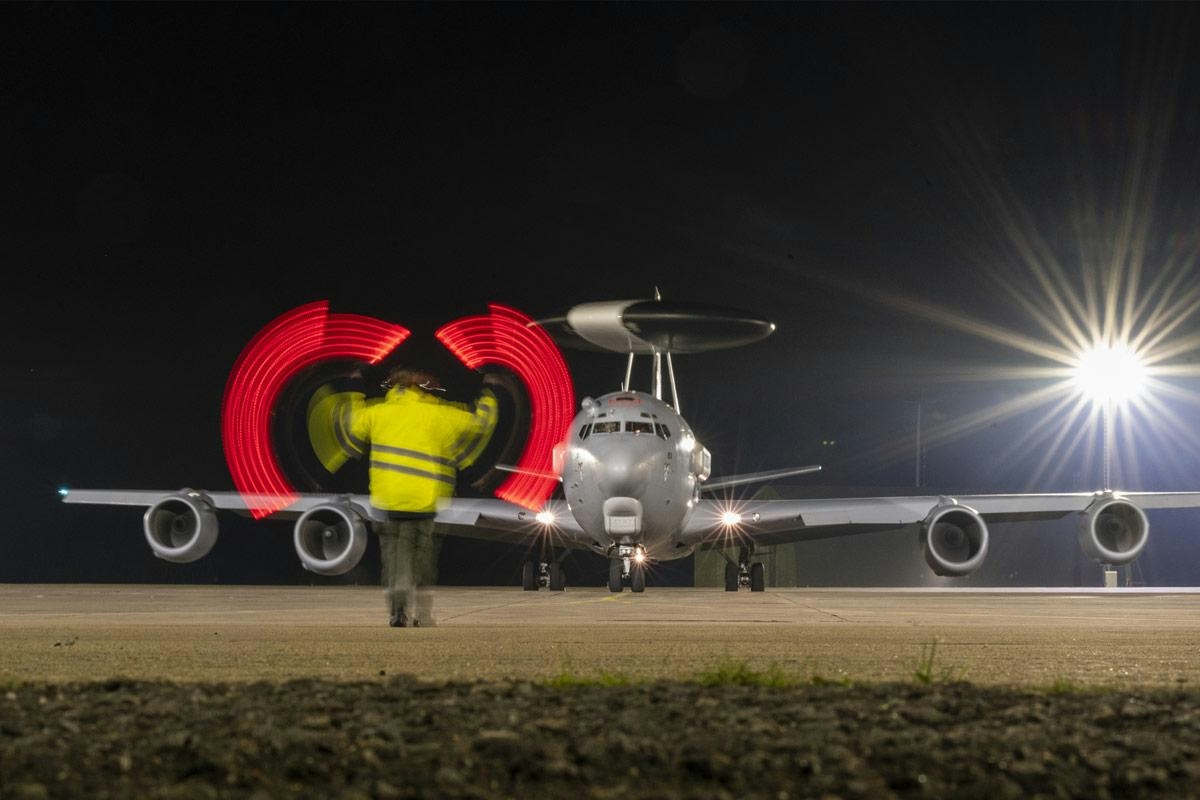
French Air Force E-3F Aircraft to Remain Under AFI KLM E&M Support Until Replacement

GE Aerospace Shares Rise on FAA LEAP Engine Directive and China Partnership

AI-Driven Innovation Transforms the Airline Industry
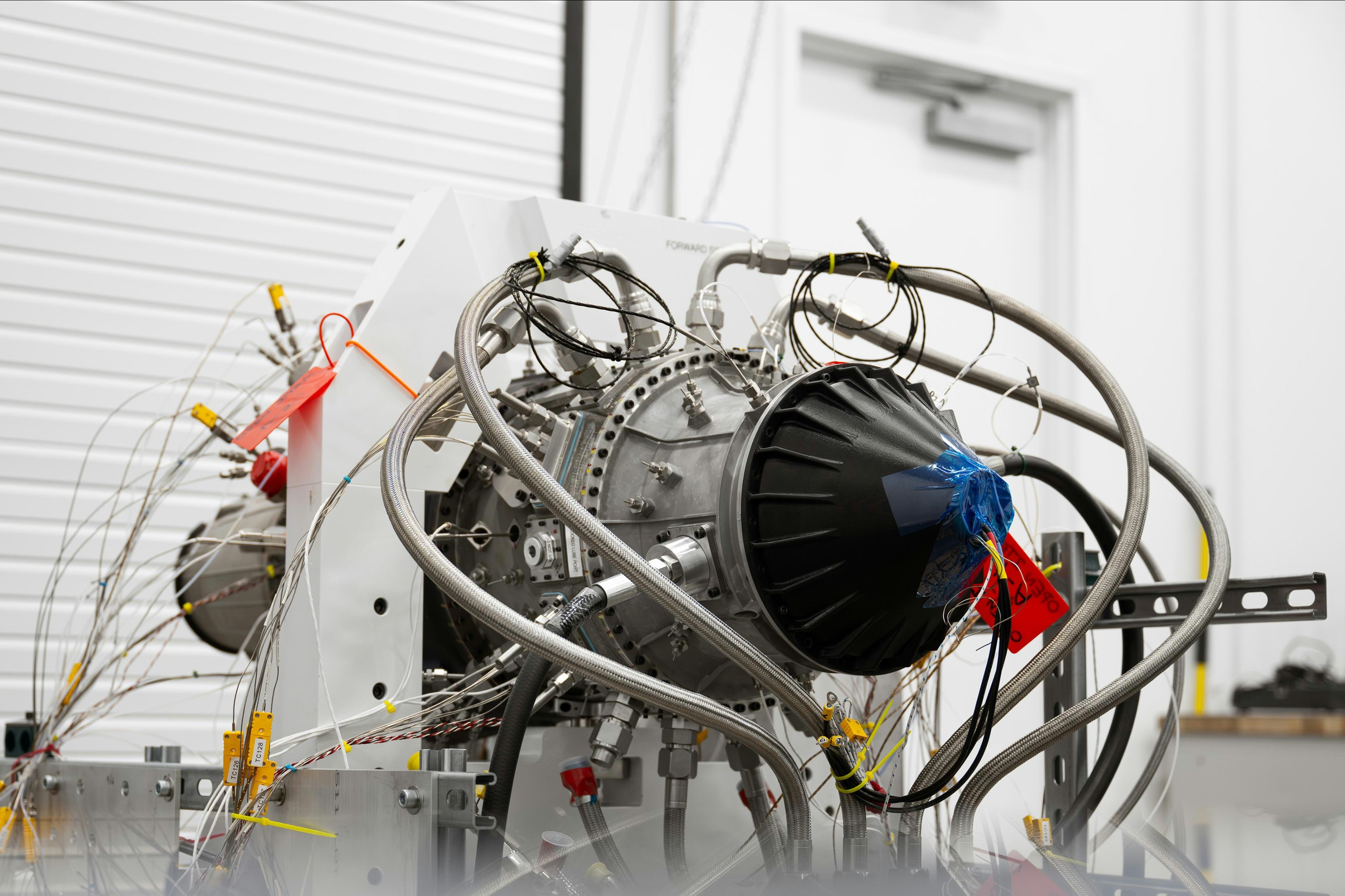
Beehive’s 3D-Printed Frenzy Engine Advances Toward 2026 Flight Tests

CAAM and CRRG Form Alliance in Aviation Aftermarket
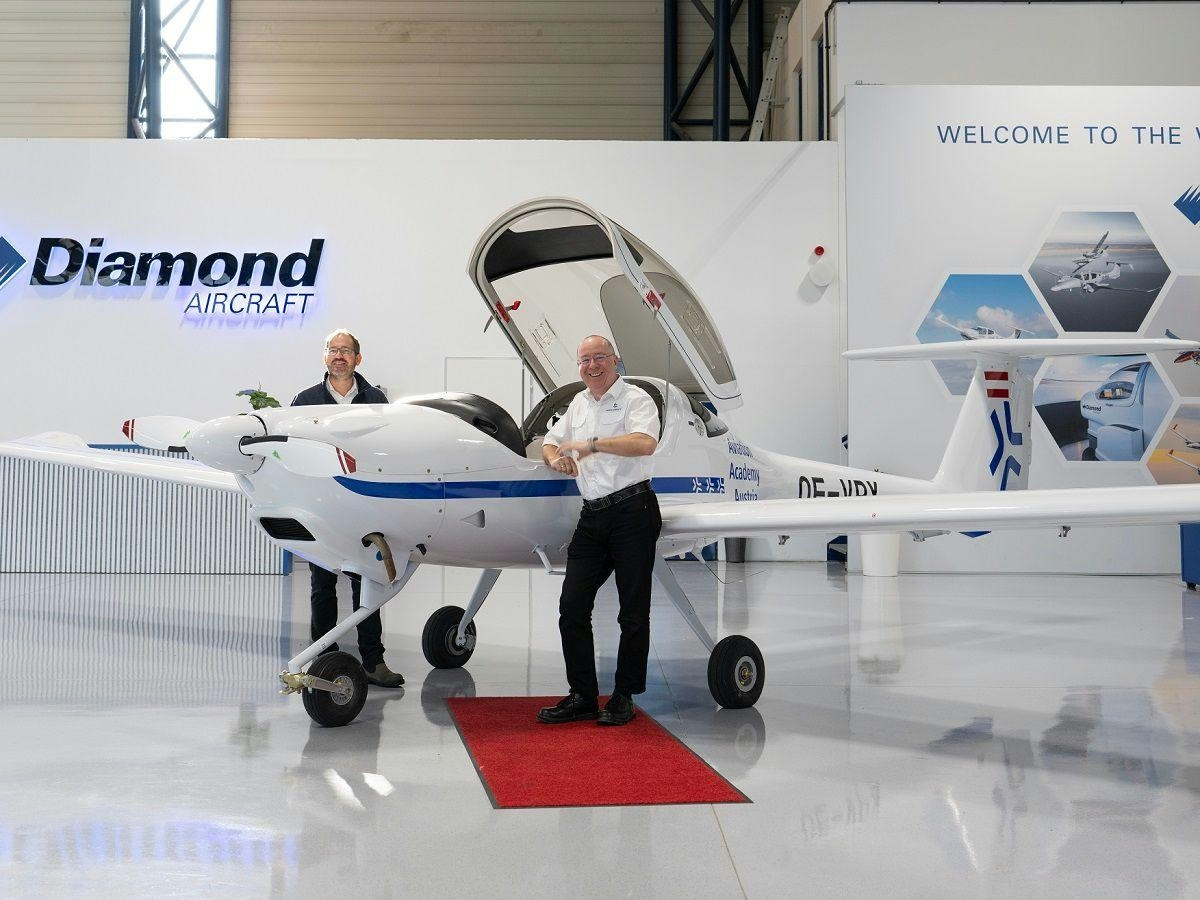
New Aircraft Delivery Advances Training Program
